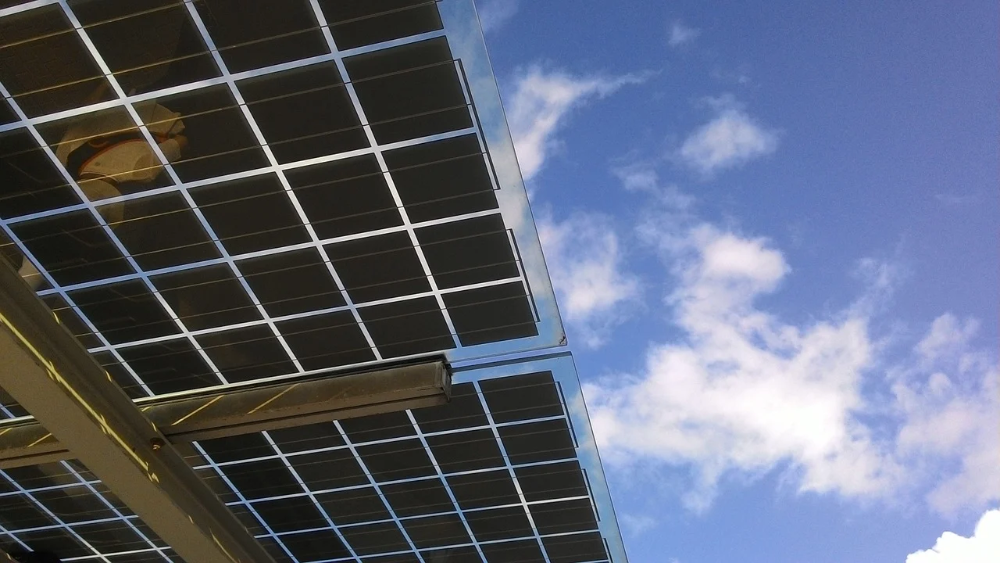23. ENVIRONMENTAL JUSTICE AND SUSTAINABLE HEADQUARTERS
Breadcrumb

Breadcrumb
Asset Publisher

23. ENVIRONMENTAL JUSTICE AND SUSTAINABLE HEADQUARTERS
The Administration of Justice must join the fight against the climate emergency urgently and decisively. Incorporating environmental justice as a cross-cutting element and reducing its carbon footprint. Access to justice in environmental matters will be ensured pursuant to the Aarhus Convention on access to information, public participation in decision-making.
The technological and organizational improvements implemented in Justice 2030 will facilitate teleworking and off-site working, leading to a reduction in staff mobility and a consequent reduction in the carbon footprint. Directive 2018/844/EU on energy efficiency includes the renovation of public buildings in the long-term strategy, with the aim of transforming them into energy-efficient and decarbonized building stock by 2050.
This objective will entail rehabilitating judicial buildings while simultaneously taking into account organizational and environmental criteria:
- An internal design of the building which streamlines the judicial office, the Means of ADR and general management.
- Rehabilitation of the buildings’ envelopes to increase their energy efficiency and the incorporation of renewable energies for self-consumption.
- Sustainability improvement of the buildings by separating waste at source, in accordance with the new regulations on waste, energy, water and paper consumption.
- Connection with the urban agenda through the installation of bicycle parking facilities, charging points for electric vehicles, etc. that allow staff and users’ access through sustainable mobility.
- Offsetting of the generated carbon footprint through tree planting.
Periodic carbon footprint audits will be carried out at each site to see the real evolution of the project both in its static elements and in the culture of use of the buildings.
Rehabilitation will be carried out simultaneously. It implies defining a standard for the headquarters that contemplates the multiple possibilities that can be adapted according to their reality. In addition, the Green Public Procurement Plan of the General State Administration (2018-2025) will be taken into account.
